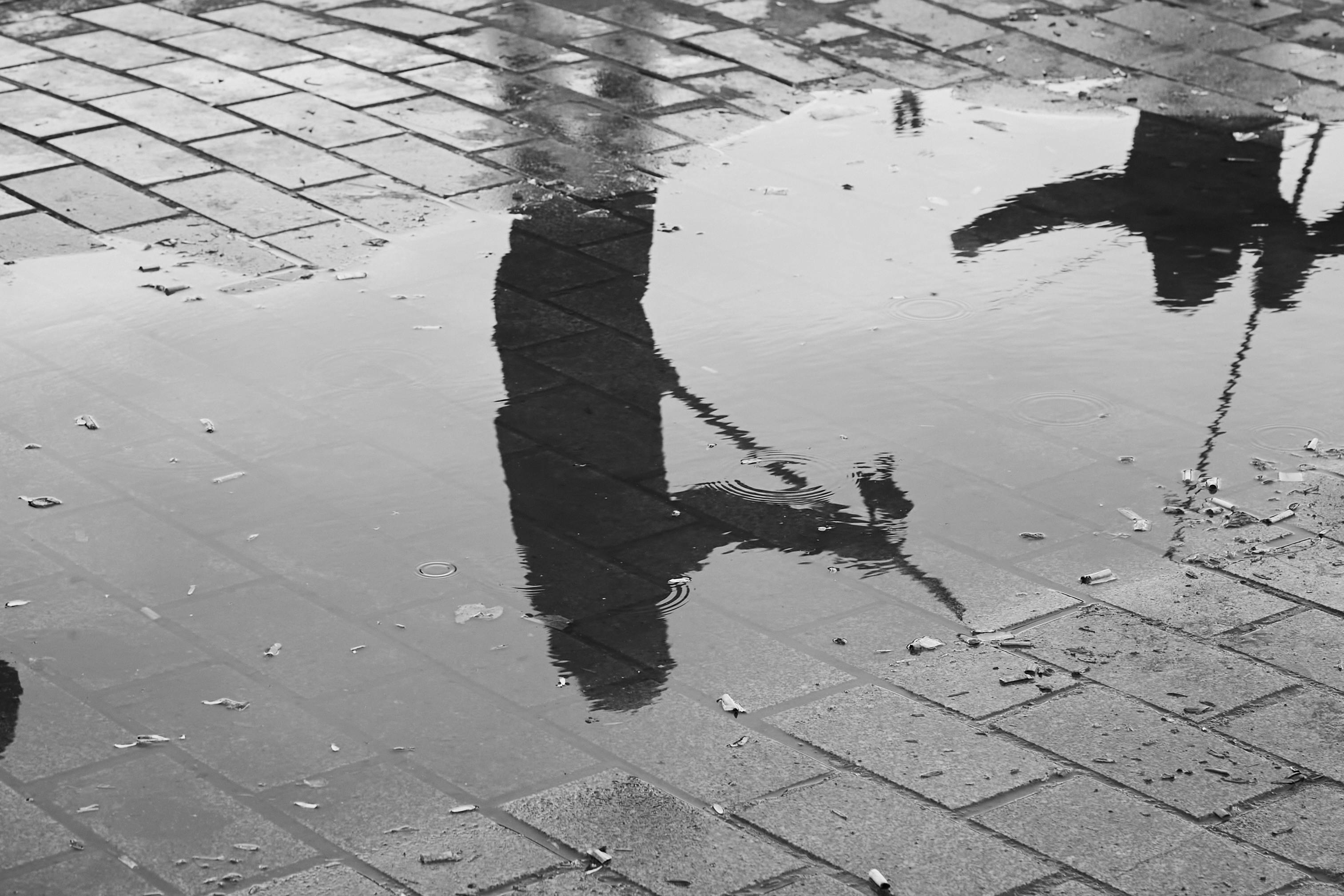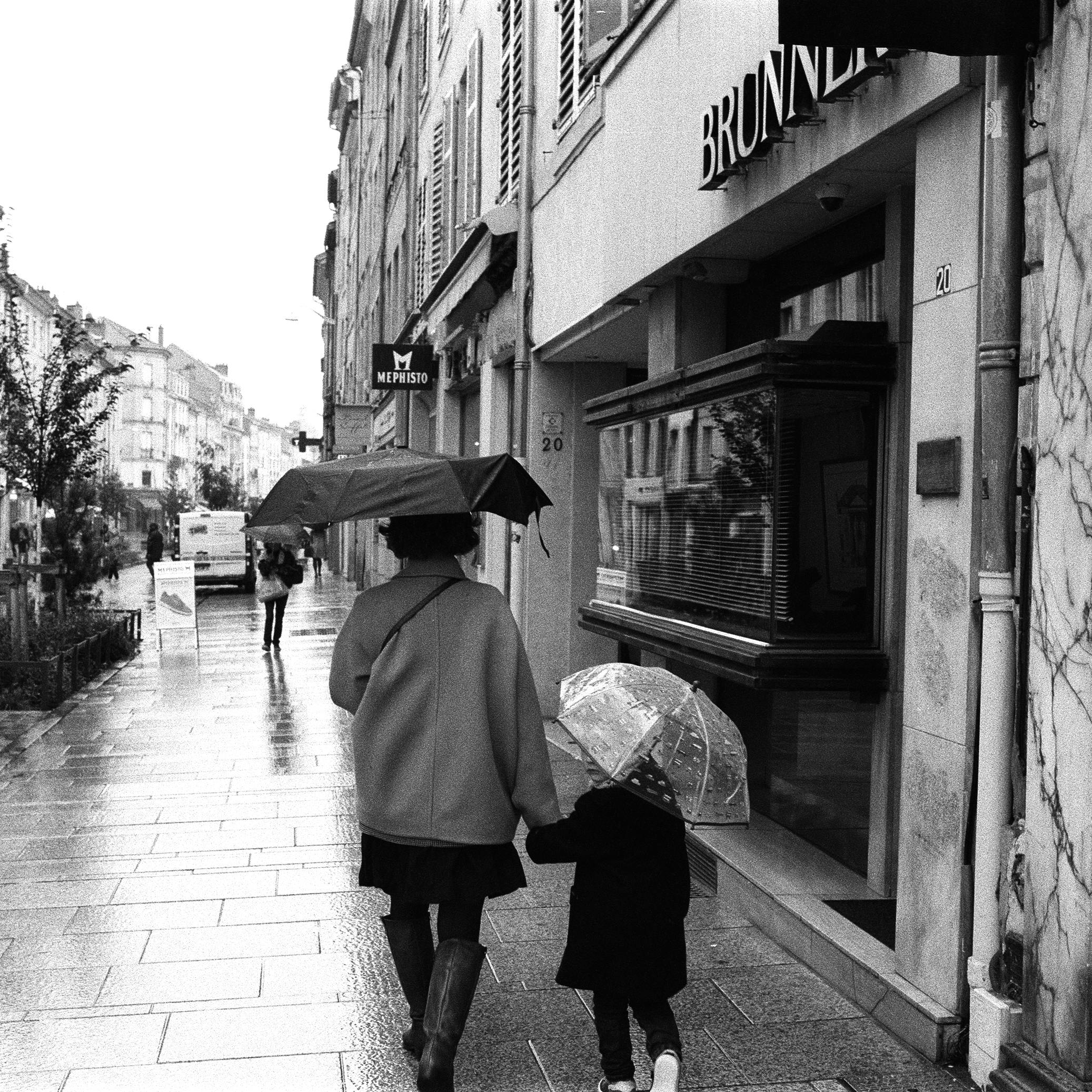Fake Nude Sophie Rain: The Truth Behind The Viral Sensation
Listen up, folks. We’re diving into a topic that's been making waves online, and it's time we clear the air. Fake nude Sophie Rain has become a buzzword on the internet, but what exactly does it mean? Is it real? Is it fake? And most importantly, why should you care? Let’s break it down because there’s more to this story than meets the eye.
Now, before we go any further, let’s set the record straight. The internet is a wild place, and misinformation spreads faster than wildfire. When it comes to topics like fake nude photos, it’s crucial to separate fact from fiction. In this article, we’ll explore the truth behind Sophie Rain’s alleged nude photos, debunk myths, and provide you with the information you need to stay informed.
As we journey through this topic, we’ll cover everything from the origins of the controversy to the technology behind deepfake images. If you’re ready to dive deep and uncover the truth, keep reading. This is going to be an eye-opening experience, trust me.
Read also:Unlocking The Potential Of My Desi Net Your Ultimate Guide To Digital Entertainment
Who Is Sophie Rain? A Quick Bio
Before we get into the nitty-gritty of the fake nude controversy, let’s talk about Sophie Rain. Who is she? What makes her so intriguing? Sophie Rain is a name that has been circulating in online circles, often associated with viral content and rumors. But who is the real Sophie Rain?
Here’s a quick breakdown:
| Full Name | Sophie Rain |
|---|---|
| Occupation | Model / Social Media Influencer |
| Date of Birth | Not Publicly Available |
| Place of Birth | Unknown |
| Claim to Fame | Viral Social Media Presence |
While Sophie Rain’s personal details remain somewhat shrouded in mystery, her presence online is undeniable. She’s been linked to various viral trends, including the infamous fake nude photo controversy.
What Are Fake Nude Photos? Understanding the Phenomenon
Alright, let’s talk about the elephant in the room. What exactly are fake nude photos? Simply put, these are images created using artificial intelligence (AI) or editing software to generate content that looks convincingly real. The term "deepfake" often comes up in discussions about fake nude photos, and it’s essential to understand the technology behind it.
Deepfake technology uses machine learning algorithms to manipulate or generate realistic images, videos, or audio. In the case of fake nude photos, AI can be used to superimpose someone’s face onto a different body or create entirely fabricated images. This technology has raised serious ethical concerns and sparked debates about consent, privacy, and digital rights.
Here’s why it matters: Fake nude photos can be used to harm individuals, ruin reputations, or spread misinformation. It’s not just about the technology; it’s about the impact it has on real people.
Read also:Today Masahubcom Your Ultimate Destination For Daily Insights And Discoveries
Why Do People Create Fake Nude Photos?
Now, you might be wondering why anyone would go through the trouble of creating fake nude photos. There are several reasons, and none of them are particularly wholesome. Here are a few motivations:
- Revenge Porn: Some people create fake nude photos to get back at ex-partners or enemies.
- Profit: Believe it or not, fake nude photos can be sold online for profit. Creators may use these images to generate revenue through illegal means.
- Viral Content: In today’s attention-driven world, some individuals create fake nude photos purely for the sake of going viral. The more outrageous the content, the more clicks it gets.
- Pranks: Yes, some people do it just for fun. While it might seem harmless, pranks involving fake nude photos can have serious consequences.
Regardless of the reason, the creation and distribution of fake nude photos without consent is unethical and often illegal. It’s important to recognize the harm it can cause and take steps to prevent it.
The Sophie Rain Fake Nude Scandal: What Happened?
Let’s dive into the heart of the matter. The Sophie Rain fake nude scandal began circulating online, with claims that explicit images of her had surfaced. But here’s the thing: these photos were not real. They were digitally manipulated using deepfake technology. So, how did it all start?
According to reports, the fake nude photos of Sophie Rain were created by individuals who wanted to capitalize on her online presence. By associating her name with explicit content, they hoped to generate attention and clicks. Unfortunately, this isn’t an isolated incident. Celebrities and influencers are often targeted in similar ways.
The spread of fake nude photos can have devastating effects on the individuals involved. It can lead to harassment, cyberbullying, and even legal consequences. That’s why it’s crucial to approach such content with skepticism and critical thinking.
How to Spot Fake Nude Photos
Not all is lost when it comes to identifying fake nude photos. There are certain telltale signs that can help you differentiate between real and manipulated images. Here’s what to look for:
- Pixelation: Deepfake images often suffer from pixelation or blurriness, especially around the edges.
- Inconsistent Lighting: Pay attention to the lighting in the image. If it looks off or inconsistent, chances are it’s been altered.
- Facial Features: Deepfake technology isn’t perfect. Look for irregularities in facial features, such as mismatched eyes or distorted proportions.
- Source Verification: Always check the source of the image. If it’s from an unverified or suspicious website, proceed with caution.
By being vigilant and informed, you can protect yourself and others from falling victim to fake nude photo scams.
Legal Implications of Fake Nude Photos
Now, let’s talk about the legal side of things. Creating and distributing fake nude photos without consent is not just unethical; it’s illegal in many jurisdictions. Laws around the world are catching up to the rise of deepfake technology, and penalties for offenders are becoming more severe.
In the United States, for example, several states have enacted laws specifically targeting revenge porn and deepfake content. These laws make it illegal to create, distribute, or possess explicit images without the consent of the individuals depicted. Violators can face fines, imprisonment, or both.
Internationally, countries like the UK and Australia have also introduced legislation to combat the spread of fake nude photos. The goal is to protect individuals’ privacy and prevent the misuse of technology.
What Can You Do If You’re a Victim?
If you find yourself a victim of fake nude photos, don’t panic. Here’s what you can do:
- Report It: Contact the appropriate authorities and report the incident. Provide any evidence you have, such as screenshots or links to the content.
- Reach Out to Platforms: Most social media platforms have policies against fake nude content. Report the content to the platform and request its removal.
- Seek Legal Advice: Consult with a lawyer who specializes in digital rights or privacy law. They can guide you through the legal process and help you pursue justice.
- Document Everything: Keep a record of all communications, evidence, and actions taken. This will be valuable if you need to pursue legal action.
Remember, you’re not alone. There are resources and support systems available to help you navigate this difficult situation.
Preventing Fake Nude Photos: Tips and Best Practices
Prevention is key when it comes to fake nude photos. While it’s impossible to completely eliminate the risk, there are steps you can take to minimize the chances of becoming a victim. Here’s how:
- Be Careful What You Share: Think twice before sharing personal photos or information online. The less content you put out there, the less material there is for deepfake creators to work with.
- Use Strong Privacy Settings: Adjust your social media privacy settings to limit who can see your posts and profile information.
- Monitor Your Online Presence: Regularly search for your name and images online to ensure no unauthorized content is being shared.
- Educate Yourself: Stay informed about the latest trends in deepfake technology and the risks it poses. Knowledge is power.
By taking these proactive steps, you can protect yourself and your loved ones from the dangers of fake nude photos.
The Future of Deepfake Technology
As we look to the future, it’s clear that deepfake technology will continue to evolve. While it has the potential for positive applications, such as enhancing entertainment and education, it also poses significant risks. The challenge lies in finding a balance between innovation and regulation.
Experts predict that deepfake detection tools will become more advanced, helping to identify manipulated content more effectively. However, it’s a constant game of cat and mouse. As detection methods improve, so too will the sophistication of deepfake creators.
Ultimately, the responsibility falls on all of us to use technology responsibly and ethically. By promoting awareness and accountability, we can mitigate the negative impacts of deepfake technology.
What Does This Mean for Sophie Rain?
For Sophie Rain and others affected by fake nude photos, the road to recovery can be long and difficult. It’s a stark reminder of the power of technology and the importance of digital literacy. While the fake nude scandal may have tarnished her reputation temporarily, it’s important to remember that she is not alone.
Communities are coming together to support victims of deepfake abuse and advocate for stronger protections. By standing in solidarity, we can create a safer online environment for everyone.
Conclusion: Taking Action Against Fake Nude Photos
So, there you have it. The truth behind the fake nude Sophie Rain controversy. While the internet can be a breeding ground for misinformation, it’s also a place where we can come together to make a difference. By educating ourselves, supporting victims, and advocating for change, we can combat the spread of fake nude photos.
Here’s what you can do next:
- Share this article with your friends and family to spread awareness.
- Engage in conversations about digital rights and privacy.
- Support organizations working to combat deepfake abuse.
Remember, every action counts. Together, we can create a safer, more informed online community. So, what are you waiting for? Let’s get to work!
Table of Contents
- Who Is Sophie Rain? A Quick Bio
- What Are Fake Nude Photos? Understanding the Phenomenon
- The Sophie Rain Fake Nude Scandal: What Happened?
- How to Spot Fake Nude Photos
- Legal Implications of Fake Nude Photos
- Preventing Fake Nude Photos: Tips and Best Practices
- The Future of Deepfake Technology
- What Does This Mean for Sophie Rain?
- Conclusion: Taking Action Against Fake Nude Photos
Article Recommendations

